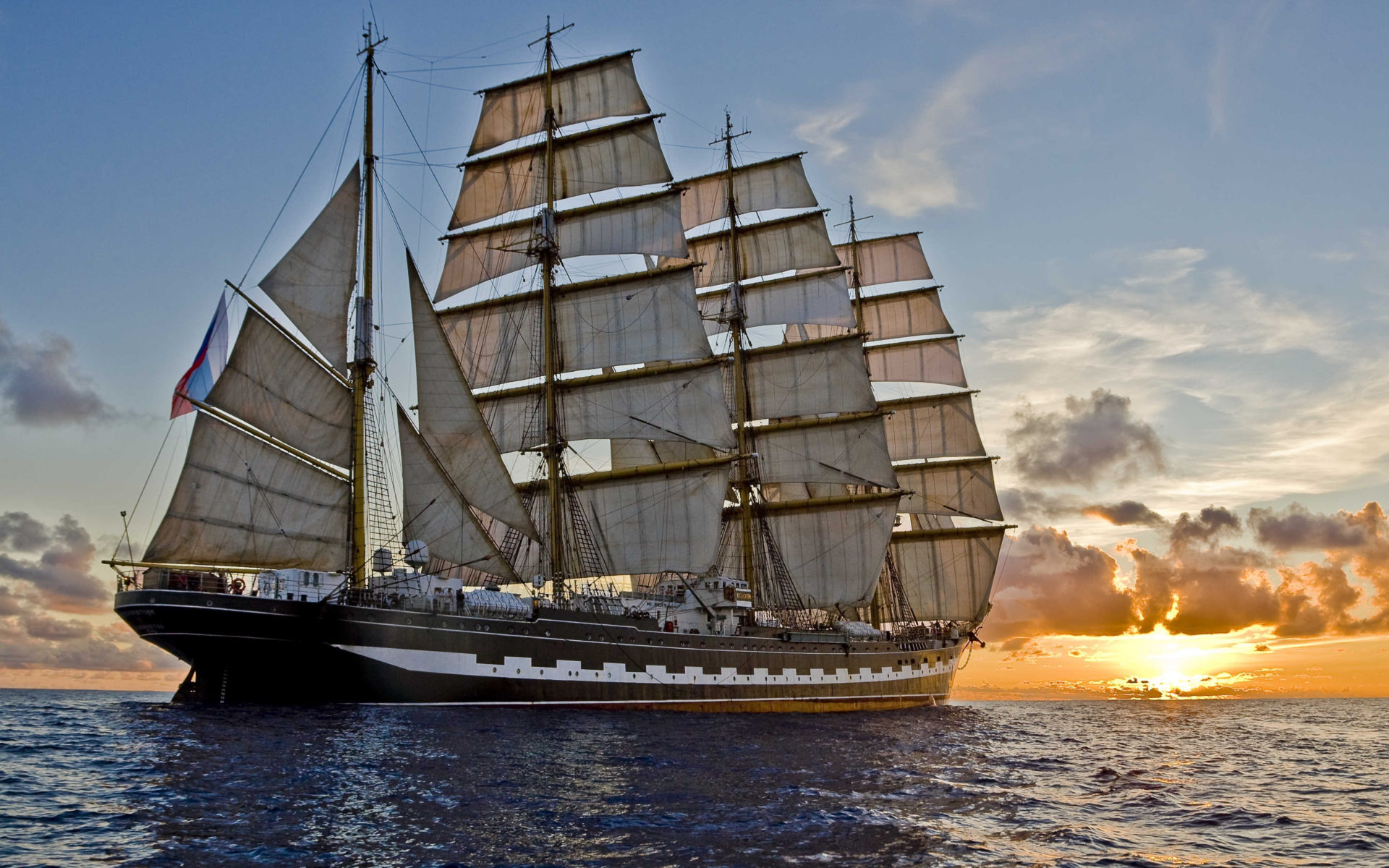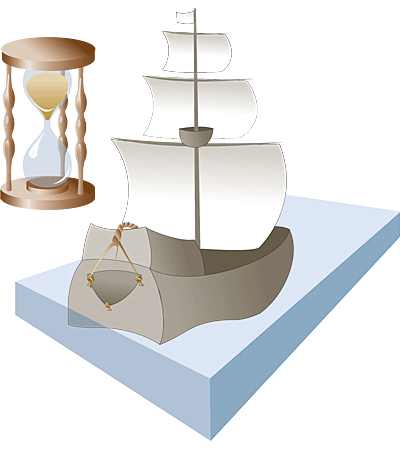What is Knot Speed & How Does It Compare to MPH?

The open ocean can be a difficult place to navigate. For pilots and captains, while the land offers several somewhat permanent fixed visible cues for landmarks, the sea rarely has such distinguishing features. It is because of this complexity that marine navigation has evolved to include such units of measurement as the knot and nautical mile.
The term “knot,” in reference to measuring the speed of air and water currents as well as boats and aircrafts, is defined as one nautical mile per hour. A nautical mile is slightly more than a standard mile.
1 nautical mile = 1.15 miles = 1.85 kilometers
1 knot = 1.15 miles per hour = 1.85 kilometers per hour
The term “knot” originated in the 17th century when sailors determined their speed through the water by using a device called a “chip log.” This device is a coil of rope with knots tied in it at specific increments, with a pie-shaped piece of wood attached to the end. To use it, the piece of wood was dropped off the stern of a ship and dragged behind the moving vessel. The rope was then spooled out freely as the piece of wood fell behind the ship for a specific amount of time. However many knots were dragged behind the boat by the piece of wood determined the speed of the ship, and the term “knot speed” was born.
 Today, knots are still used in both maritime activities and aviation. While there have been different definitions of a nautical mile throughout history and in different regions, there is an international nautical mile that is used to measure knots today.
Today, knots are still used in both maritime activities and aviation. While there have been different definitions of a nautical mile throughout history and in different regions, there is an international nautical mile that is used to measure knots today.
What Is a Nautical Mile Compared to a Mile?
1 nautical mile equals 1.15 miles. The nautical mile is based upon the circumference of the Earth. If the equator was a circle, imagine it divided into 360 degrees like a compass. Now split each of those 360 degrees into 60 equal parts called “minutes.” The length of each “minute” along the circumference of the Earth is equal to approximately one nautical mile.
- For example:
- 1 Knot = 1 Nautical Mile Per Hour = 6076 Feet Per Hour
- This is because the international nautical mile is defined at 6,076 feet. Therefore, 1 Knot is the same as covering the distance of 6,076 ft/hr.
The length of a nautical mile is closely tied to the longitude and latitude of the Earth’s geographic coordinate system. Therefore, the knot and nautical mile are the units of choice in the marine and aviation industries.
How to Convert Knots to MPH?
If one knot is equal to approximately 1.15 miles per hour, 25 knots equals approximately 28.8 mph and 100 knots equals about 115 mph.
Why Is Speed Measured in Knots Instead of Miles Per Hour?
Knots are often used in place of miles per hour (MPH) for windspeed as the measurement of wind intensity originated in a nautical context. Sailors have not always had GPS navigation. The nautical mile was introduced in the 15th century, equal to 1.852 kilometers or 6,076 feet, as a standard against which to measure distance. The development of the nautical mile also led to the world’s first speedometer, the chip log. Over time, the chip log was standardized such that the chip was a quarter circle with either a five- or six-inch radius, and lead was added to the bottom of the chip to ensure that it submerged and oriented correctly to provide a more accurate and repeatable reading.
Check out all of Maximum’s wind speed instruments at www.maximum-inc.com.
Contact Us page, the FAQ page, Instrument Manuals

